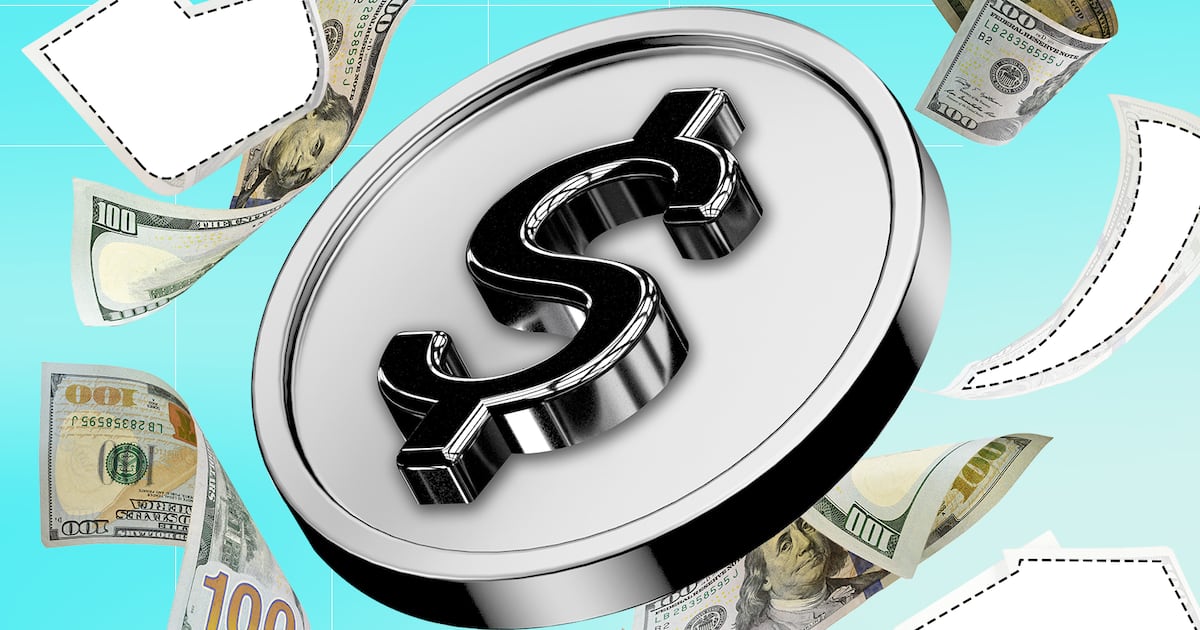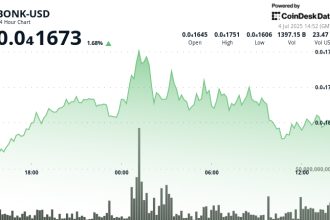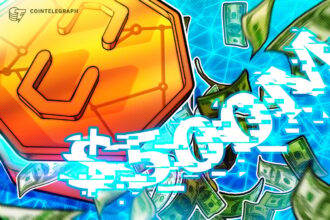Banks could soon start to experiment with fractional reserve versions of tokenised assets, such as stablecoins, in a move that challenges crypto industry norms.
Currently, the vast majority of stablecoins in circulation are fully backed by fiat currency. But this model is inefficient compared to banks, who are able to lend out most of their deposits to generate profit and only hold a fraction in reserve.
Several major banks have signalled their intention to roll out their stablecoins in recent months.
In June, Société Générale announced its intention to launch a US dollar-pegged stablecoin while Bank of America CEO Brian Moynihan signalled his firm is also looking at creating a stablecoin once key legislation passes.
JPMorgan has also announced its own stablecoin-style offering called JPMD.
Uncharted territory for crypto
Fractional reserve banking is a widely-used system where banks are required to hold only a fraction of their deposits in reserve, lending out the rest. It permits banks to use otherwise idle funds to generate returns, and to make more money available to grow the economy through loans.
On paper, it sounds precarious — if all customers decide to withdraw their cash at the same time, the bank goes bankrupt. To keep the system from collapsing, governments mandate banks hold a certain amount of funds in reserve and provide insurance on bank deposits.
To ensure banks have enough money in reserve for customers who need to withdraw it they follow battle-tested reserve requirement calculations.
But tokenising deposits on blockchains impacts those calculations, Brownlee said, drawing on his years of experience working for UK banks.
It might not necessarily be a detriment, though. Allowing for a much broader and distributed base of holders for bank deposits could actually decrease risks, Brownlee said.
Tokenised deposits
One potential solution is for banks to differentiate between so-called tokenised deposits and stablecoins.
Stablecoins have the connotation of being 100% backed by the fiat currencies they represent. Top stablecoin issuers Tether and Circle follow this model, and stablecoin regulation in multiple countries mandates stablecoins must be fully backed by cash or close cash equivalents.
Tokenised deposits, on the other hand, are more like a claim on a deposit at a bank which uses a fractional reserve system.
When JPMorgan announced its stablecoin-like product, the bank was careful to call it a tokenised deposit, Brownlee said, which is basically an IOU on bank deposits which are fractionally backed.
Brownlee laid out one possible way banks could meld the existing fractional reserve systems they use with crypto.
When making transfers between customers and banks, fully backed stablecoins will be necessary.
But once funds reach their destination at a bank, they could switch over to being only partially backed. That’s because once money is in a bank account, it benefits from government insurance.
“Money at rest, in many cases, certainly in G7 countries, the US, and Europe, will be these kinds of token deposits,” Brownlee said. “Money in transit will be stablecoins — fully backed.”
“What they want is the dollar in the bank account,” he said.












